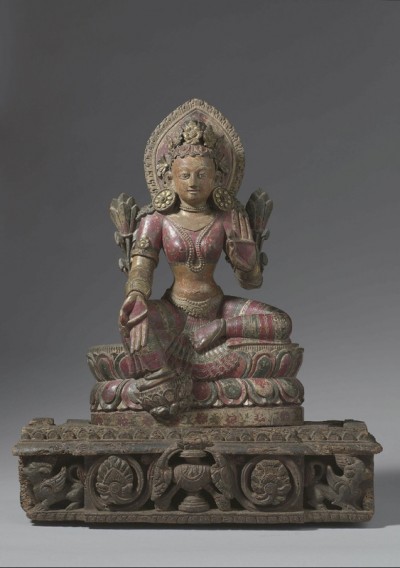
Theme: Healing Ourselves, Healing Our World
In the face of tragedy, self-care is not an indulgence, but a way to cope and prevent reaching mental and emotional limits. Mindfulness is an effective tool for managing stress, anxiety, and the overload of images on the news and social media. And by slowing our thoughts and actions, a mindfulness practice can help us examine our own implicit bias, grapple with profound difficulties, and take compassionate action for the health of our communities.
About the Mindfulness Meditation Podcast
The Rubin Museum of Art presents a weekly meditation session led by a prominent meditation teacher from the New York area, with each session focusing on a specific work of art. This podcast is recorded in front of a live audience, and includes an opening talk, a 20-minute sitting session, and a closing discussion. The guided meditation begins at 10:32.
If you would like to attend Mindfulness Meditation sessions in person or learn more, please visit our website at RubinMuseum.org/meditation.
This program is supported in part by the Hemera Foundation with thanks to our presenting partners Sharon Salzberg, the Interdependence Project, and Parabola Magazine.


Related Artwork

This magnificent wooden sculpture has been labeled as many different goddesses, showing the depth and complexity of Nepalese religion. In one way, she can be interpreted as Yellow Tara who is associated with abundance. In Nepalese Seasons: Rain and Ritual, this figure has been identified as Lakshmi, the Hindu goddess of wealth. It is likely that this sculpture would have guarded the treasure room of an affluent Newar family. Though wealth brings to mind the trappings of materialism, it can be used as a metaphor for spiritual insights. Lakshmi could also be seen as a role model since by feeling wealthy ourselves, we can act in supreme generosity and offer our riches to those who need them.
About the Speaker

Kate Johnson works at the intersections of spiritual practice, social action, and creativity. She has been practicing Buddhist meditation in the Western Insight/Theravada tradition since her early twenties and is empowered to teach through Spirit Rock Meditation Center. She holds a BFA in dance from the Alvin Ailey School/Fordham University, and MA in performance studies from NYU.
Kate is a core faculty member of MIT’s Presencing Institute, and has trained hundreds of leaders and change-makers in using Social Presencing Theater, a mindfulness and dance improvisation methodology used to inform strategic planning and systems change in our complex world.
